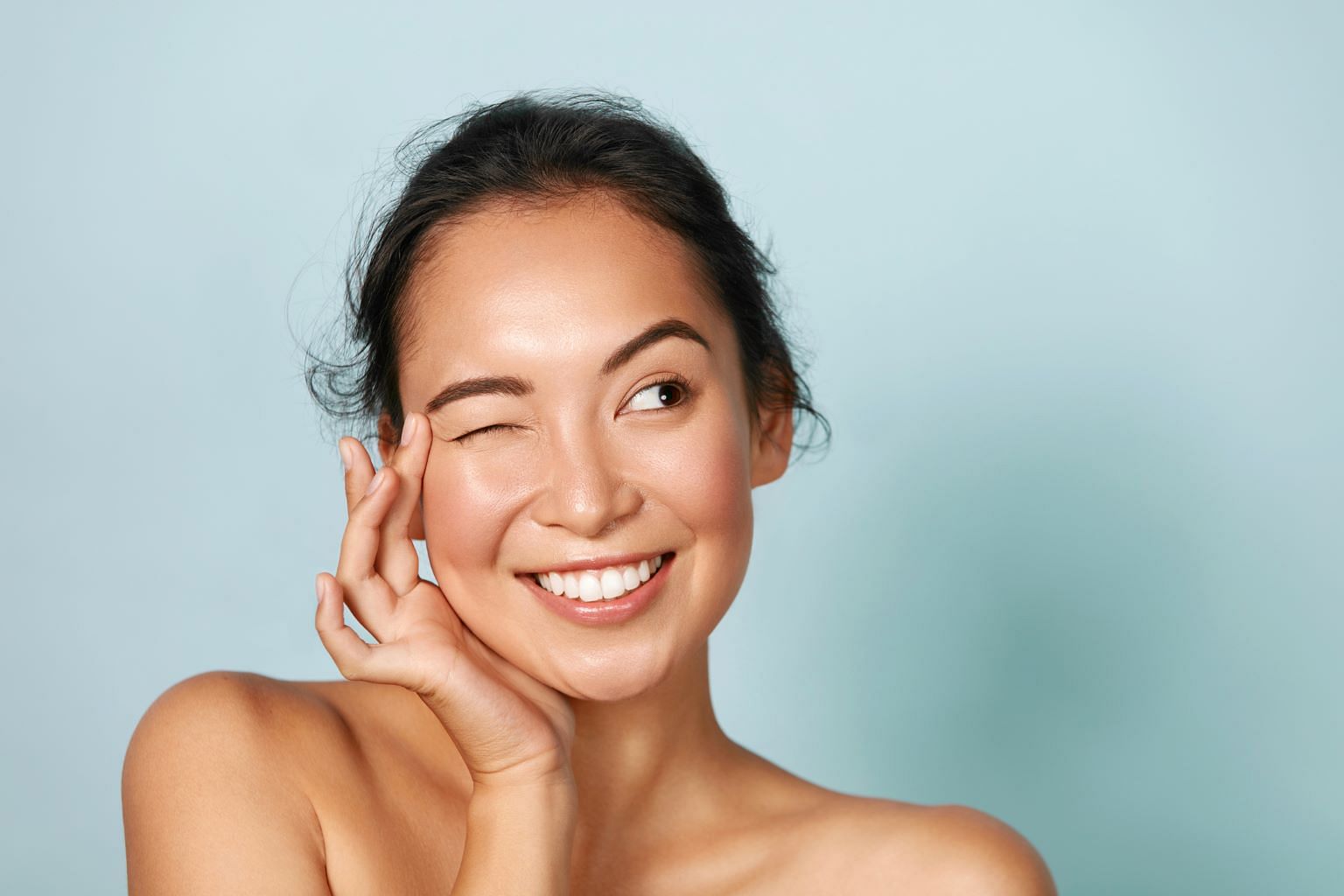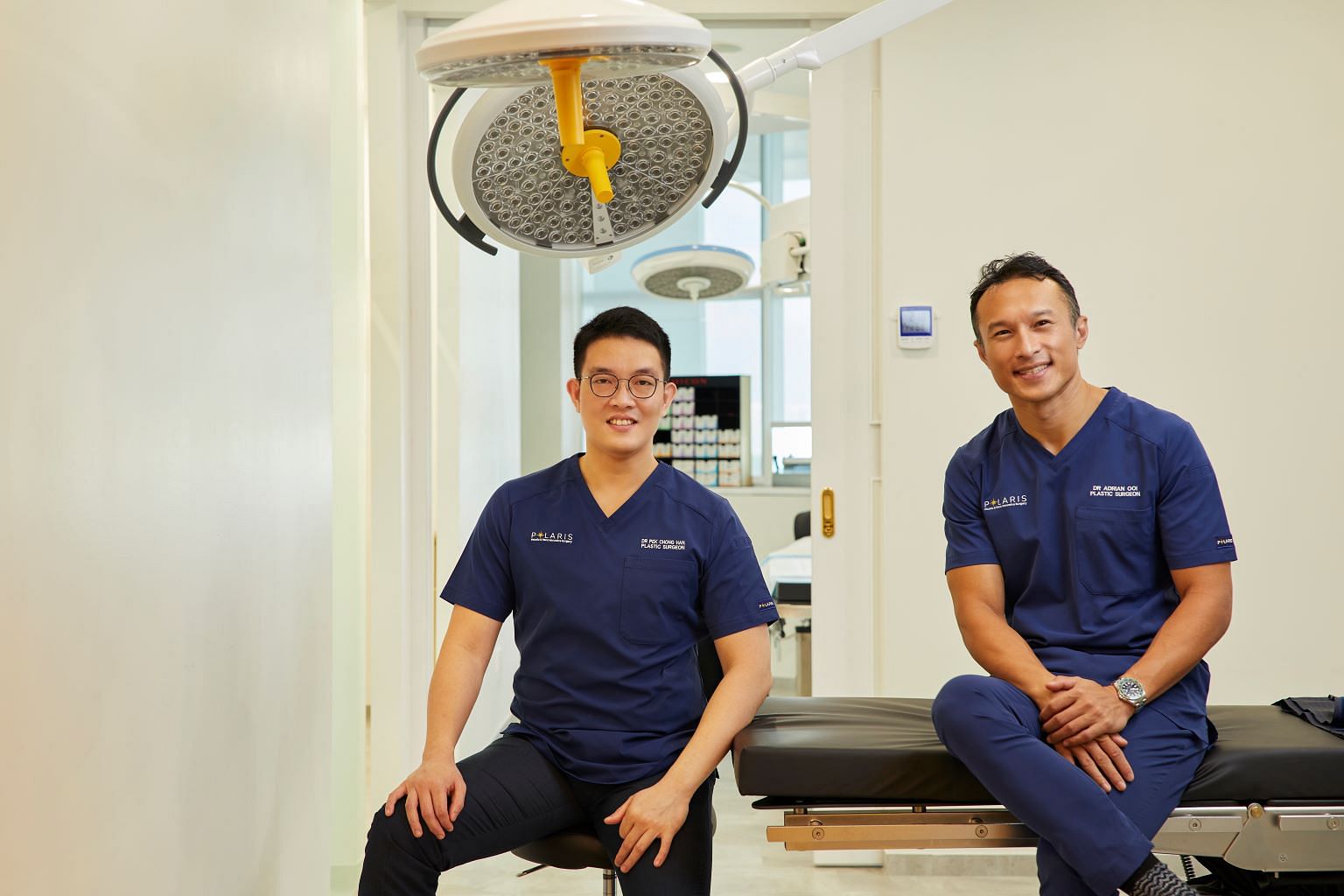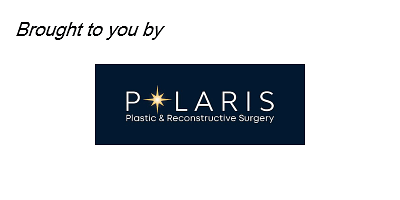BRANDED CONTENT
Revitalise your gaze: Ways to treat droopy eyelids if you are tired of looking tired
The area around your eyes will change over time, but it can be tackled with surgical and minimally invasive ways, say doctors at Polaris Plastic & Reconstructive Surgery

A dip in collagen production, injury to the eyelid, or muscle weakening can all cause droopy eyelids, also known as ptosis. PHOTO: GETTY IMAGES
Follow topic:
Have you ever looked in the mirror and wondered why your eyes seem tired or lack their usual sparkle, even after plenty of rest? Turns out, the area around our eyes is particularly sensitive and is often the first part of our face to reflect the impact of our daily habits and external factors.
Known as periorbital ageing, the changes are most noticeable in the skin, muscles and fat pads surrounding the eyes and in the upper eyelids, and can result in a droopy appearance, also known as ptosis.
“As we get older, the muscle which raises the eyelids can stretch, and the skin around our eyelids loses the firmness provided by collagen and elastic fibres, leading to wrinkling and sagginess, all of which may cause ptosis,” says Dr Adrian Ooi, consultant plastic surgeon at Polaris Plastic & Reconstructive Surgery.
“Ptosis can make us look tired or sad, create an uneven look on our face, and in severe cases, it might even block our vision.”
What causes droopy eyelids
Droopy eyelids can be attributed to several factors affecting our skin, muscles and the fat pads beneath our eyes, notes Dr Pek Chong Han, a consultant plastic surgeon, who works alongside Dr Ooi at Polaris Plastic & Reconstructive Surgery.
Over time, our skin loses its elasticity, similar to a rubber band that no longer snaps back, resulting in sagging and the development of wrinkles. This loss of firmness is further compounded by a reduction in collagen production as we age, thinning the skin around our eyes and giving them a weary appearance.
Sun damage accelerates these effects, fading and weakening the skin. Additionally, the muscles responsible for lifting our eyelids can weaken and contribute to the drooping effect.
“Muscle weakening, also known as eyelid ptosis, can be caused by various factors such as congenital factors, trauma from a previous injury or infection, nerve-related problems or age, which usually happens between your 30s and 40s,” says Dr Pek.
Complicating matters further, the fat pads that support and cushion our eyes can shrink, leading to a hollow appearance beneath the eyes. In some cases, these fat pads may also bulge forward due to weakened connective tissues, causing under-eye bags and puffiness in the upper eyelids.
“This does not happen to everyone, and the time of onset varies greatly, so there is no specific age correlation, but it does happen with time,” adds Dr Pek.
Non-invasive and minimally invasive treatments for droopy eyelids

There are a few ways to address droopy eyelids, says Dr Pek who highlights muscle relaxant injectables as a non-surgical option for temporary brow lifting.
“It is ideal for younger patients with mild drooping and with no or minimal excess skin,” he explains. “The treatment site recovers quickly, within a day, and results are visible between three and seven days – you will see a subtle lift in that area.”
As injectables are not a permanent solution, repeat treatments every three to six months are necessary to maintain the effect. It is also important to note that muscle relaxant injectables are not suitable for everyone, including women who are pregnant or breastfeeding, those with allergies to ingredients in the injectables, or individuals with active skin issues, says Dr Pek.
On the surgical front, blepharoplasty, a procedure to remove excess skin and/or fat and tighten muscles, remains a primary method for correcting significant skin laxity and eyelid drooping.
"Blepharoplasty can address a range of conditions, from mild to severe cases," adds Dr Pek.
As technology advances, minimally invasive skin tightening options such as Morpheus8, which combines microneedling with radiofrequency energy to stimulate collagen production and tighten skin, offer results with less downtime than traditional surgery.
“This dual-technology treatment device delivers heat deep into the layers of the skin tissues using needles to promote skin renewal and boost collagen production,” explains Dr Pek. “As a result, you will notice your skin gets tighter, looks smoother and has a better overall texture.”
It can also help to improve mild-to-moderate skin issues such as fine lines, wrinkles and slight fat pad prolapse, thereby achieving a subtle volumising effect.
One Morpheus8 session lasts for 15 to 30 minutes. Patients can expect skin redness for up to two days post-treatment and should apply a good moisturiser and sunscreen to take care of their skin. Dr Ooi also advises patients to stay out of the sun and avoid any strenuous activities and swimming in the immediate few days after the procedures.
“It will take a few weeks to see visible results of skin tightening, depending on the patient’s skin quality and degree of laxity,” he adds.
For lasting results, the doctors at Polaris may recommend a few sessions at the beginning, followed by an annual maintenance treatment.
However, the Morpheus8 treatment comes with limitations. “It cannot remove excess skin, significantly impact fat pad issues or address muscle weakness, making it an ineffective treatment for severe ptosis on its own,” says Dr Pek.
This is why he says patients should consider it as a complementary treatment and not a replacement for blepharoplasty.
“In milder cases, Morpheus8 can be considered before or after surgery to enhance overall results and potentially extend the effect of treatment results.
And for post-surgical patients – those who have had blepharoplasty – Morpheus8 might offer additional skin tightening benefits and improve your facial symmetry,” adds Dr Pek.


